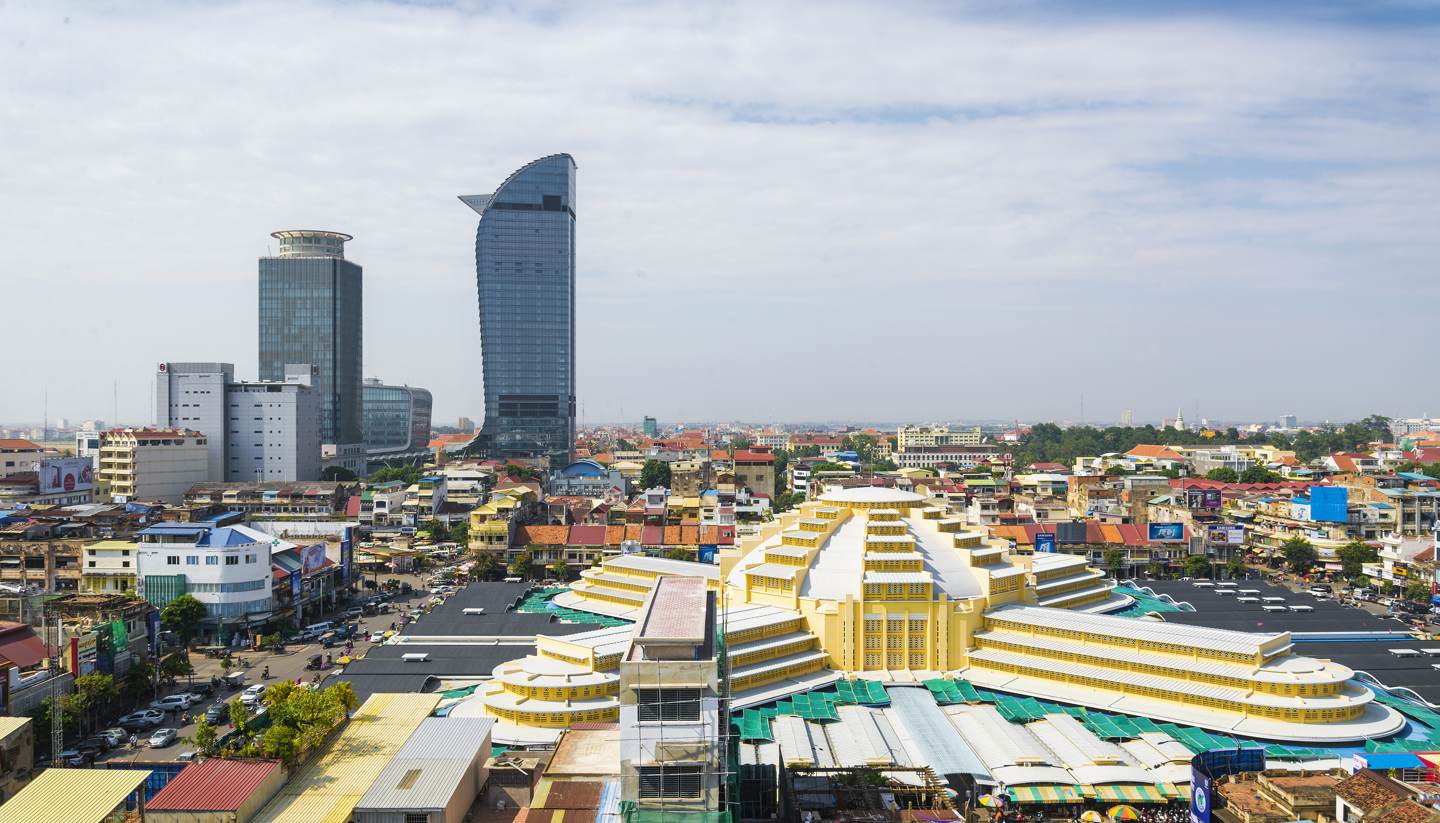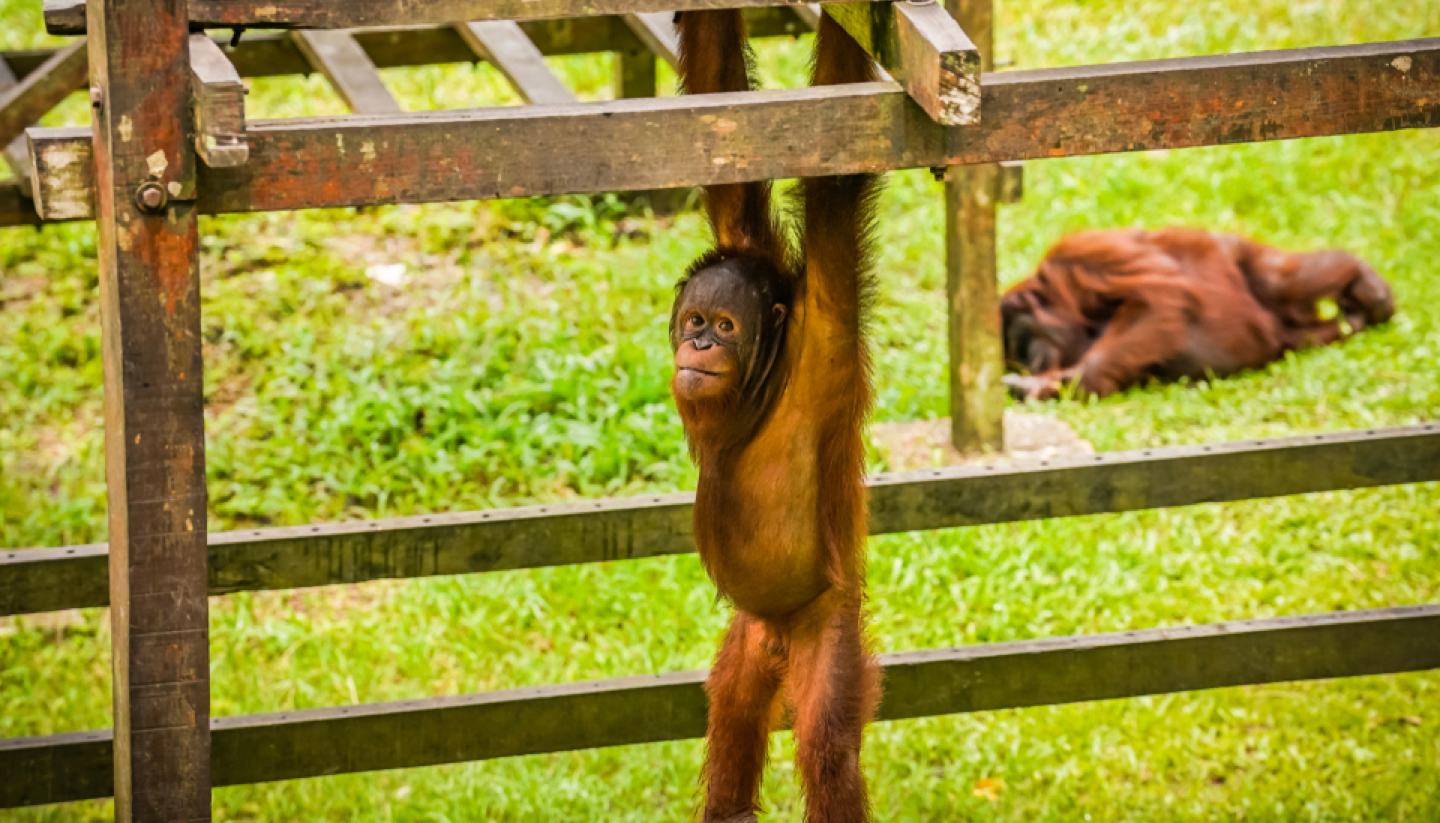Cambodia History, Language and Culture
History of Cambodia
Cambodia's history stretches back more than a thousand years and is closely linked to the rise and fall of the Khmer Empire, one of Southeast Asia's most powerful civilisations. From the 9th to the 15th centuries, the empire ruled much of present-day Cambodia and beyond, leaving behind the monumental temples of Angkor as its most enduring legacy. These stone cities reflect advanced engineering, religious devotion and artistic achievement.
Following the decline of Angkor, Cambodia experienced centuries of regional conflict and shifting influence between neighbouring powers. In the 19th century, the country became part of French Indochina, a period that introduced new infrastructure and administrative systems but also limited sovereignty. Cambodia gained independence in 1953 and initially enjoyed a period of relative stability.
The latter half of the 20th century brought profound upheaval. The Khmer Rouge regime, which ruled from 1975 to 1979, led to the deaths of millions through execution, forced labour and famine. Since then, Cambodia has focused on recovery and reconciliation. Today, the country continues to rebuild while preserving its cultural heritage, offering visitors a powerful sense of continuity between past and present.
Did you know?
• The Cambodian flag is the only national flag in the world to feature a building, depicting Angkor Wat at its centre.
• Cambodia's Tonle Sap River is one of the few rivers in the world that changes direction seasonally.
• The Khmer Rouge period resulted in the loss of around a quarter of Cambodia's population.
Cambodia Culture
Religion in Cambodia
Buddhist (approximately 95%), Muslim (around 2%), Christian (around 1%), Other religions and traditional beliefs (around 2%).
Social Conventions in Cambodia
Cambodian society places strong emphasis on politeness, respect and calm behaviour. Greetings are usually friendly and informal, often accompanied by a slight bow or nod. Showing respect for elders, monks and authority figures is important, and public displays of anger or confrontation are generally frowned upon. Modest dress is expected in public places, particularly in temples and rural areas, where shoulders and knees should be covered.
Tipping is not obligatory in Cambodia but is appreciated, especially in tourist areas. In restaurants, rounding up the bill or leaving a small tip for good service is common. Tour guides, drivers and hotel staff often receive small tips, particularly for longer services. In everyday situations, tipping is discretionary rather than expected.
Photography is generally permitted, but visitors should always ask permission before photographing people, especially monks, children and individuals in rural areas. Photography may be restricted at certain religious sites, government buildings or memorials, and signs should be observed. Respectful behaviour and sensitivity, particularly at temples and historical sites, are essential.
Language in Cambodia
The official language of Cambodia is Khmer, which is spoken throughout the country. Khmer uses its own script and is the language of government, education and media. While visitors are unlikely to read the script, learning a few basic spoken phrases is appreciated and often met with warmth.
English is widely spoken in tourist areas, hotels, restaurants and among people working in tourism, particularly in Phnom Penh, Siem Reap and coastal destinations. Communication in English is generally straightforward in places frequented by visitors. French may be encountered occasionally, especially among older generations and in formal or historical contexts, reflecting Cambodia's colonial past.


